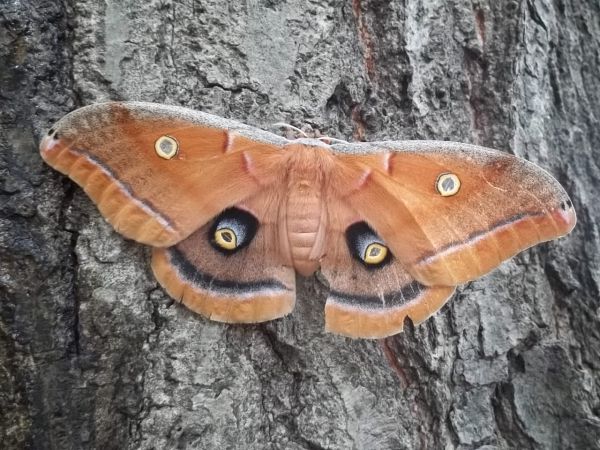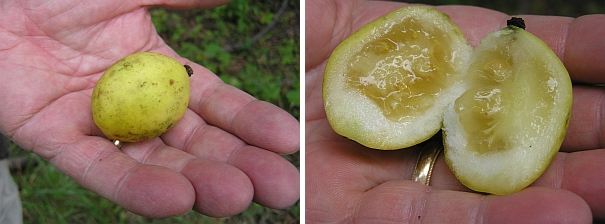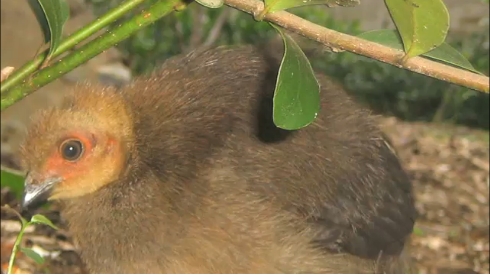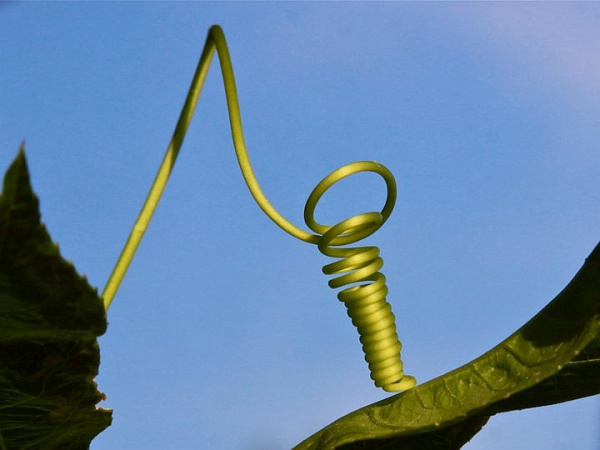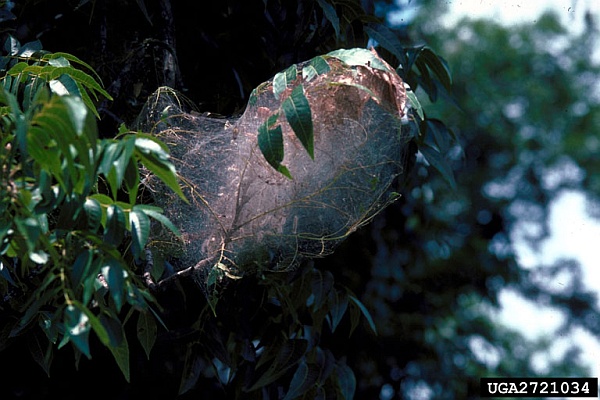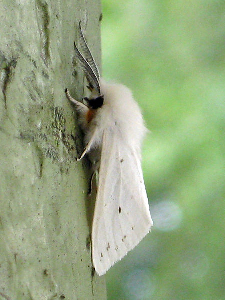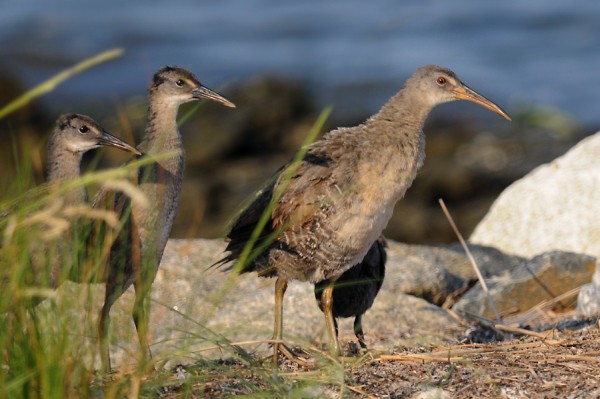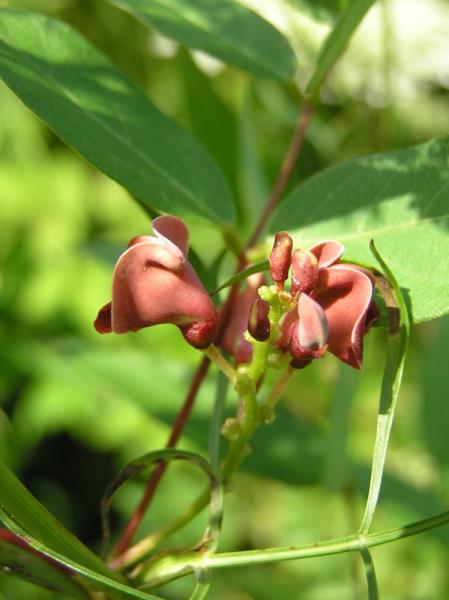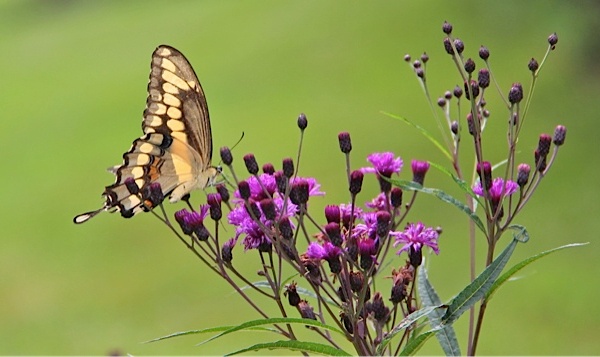
Last Friday afternoon our basement floor was briefly lower than the water table.
At 3:45pm Friday a violent thunderstorm moved so slowly over Pittsburgh that it dropped as much as 2″ of rain within half an hour. Flash floods filled the streets, stranded motorists, and drowned four people on Washington Boulevard (tragic and awful!).
But I didn’t know that at the time. I was at work, watching a huge muddy lake form over Central Catholic’s parking lot and football field. Definitely not a good sign. I decided to stay at my desk.
By 5:00pm the lake was gone so I went home. On the way there I thought about the basement.
Our 104-year-old house is built into the side of a hill with the back of the basement below ground and the front above. Though it’s not prone to flooding, very heavy rain (Hurricane Ivan) leaks in from above by following the electric and air conditioning chaseways. When I got home I took a look.
It’s a good thing we’ve never “finished” the basement. Its concrete floor was poured after the house was built and is uneven. A minor flood had gone down the drain but I was able to mop up a gallon from the low spots. Then I set up fans to dry the floor.
On Saturday morning I examined my handiwork. The floor was dry but the base of the back wall was still damp. Aha! Some of the water was behind that wall. How did I not notice this before?
I wasn’t paying attention. The water table is the top of the zone where the subsurface is saturated with groundwater. It rises and falls as groundwater is added — or not added — by rainfall and snow melt. When it rises above the low spots on the surface, streams and rivers form. On Friday afternoon before I got home a little stream was in my basement.
I’m glad I wasn’t there when it was happening. I’m glad I wasn’t on the road either.
It’s not good to be in the zone of intermittent saturation.
(image from Wikimedia Commons. Click on the image to see the original.)
